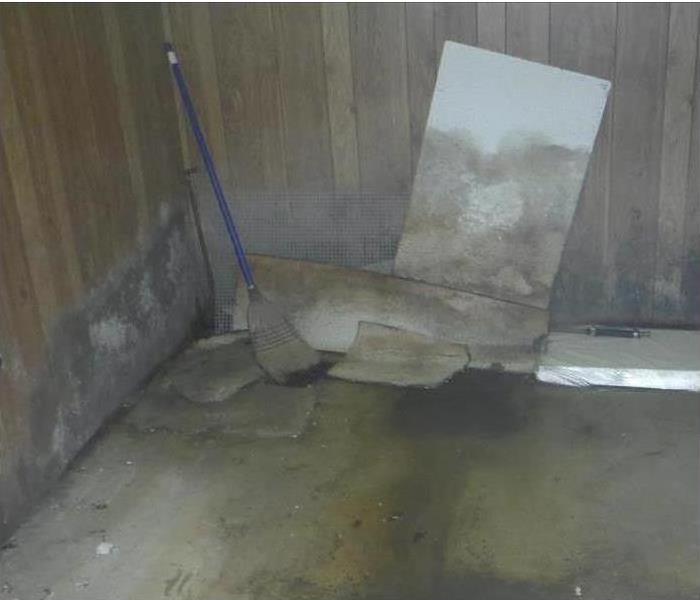How To Identify and Prevent Black Mold
8/27/2022 (Permalink)
Stop The Spread and Keep Growth From Worsening
As soon as you suspect a destructive fungal invasion within your home in Library, NJ, perform a comprehensive mold inspection. Swift recognition will allow you to abruptly stop the spread and keep growths from worsening.
Identification
Among the spores that most commonly form, black mold is the worst. It can be easily detected via:
Location. Look for outgrowths within carpeting, drywall, wood paneling, and ceiling tiles. Any damp area becomes particularly vulnerable.
Shape and size. Black mold features a dark green or inky coloration and often consists of a slimy texture.
Smell. Suspicions should rise when detecting musty or mildewy odors.
If your efforts reveal any form of fungal infiltration, have a mold removal professional eliminate the matter with urgency.
Prevention
Conducting the periodic precautionary mold inspection can help clamp down on perilous conditions from developing. Look out for leaky pipes and malfunctioning household appliances that use water, as spores cannot take hold without adequate moisture. When seepage is discovered, thoroughly dry the affected area and take outside any materials that have absorbed dampness.
Cleanliness is key to maintaining dryness. Perform spot checks in areas prone to humidity and diligently apply mold and mildew removal products, paying particular attention to bathrooms and kitchens.
Reduce the potential for moisture by employing humidifiers or vapor steam cleaners in closets and restrooms. When storing items, be certain everything is thoroughly dried before packing begins. Insulate walls and check that your basement’s foundation drain remains unblocked. Proactively thwart HVAC disasters by regularly servicing your unit.
Finally, check your ventilation. Open windows and move furniture away from walls to accommodate better airflow. Closet doors and access portals to confined spaces should be intermittently left open to allow for breezes that discourage house mold.
Perform the periodic mold inspection in your residence and observe basic measures that hinder black mold from forming. Such efforts may well impede a stressful situation from unexpectedly striking.




 24/7 Emergency Service
24/7 Emergency Service
